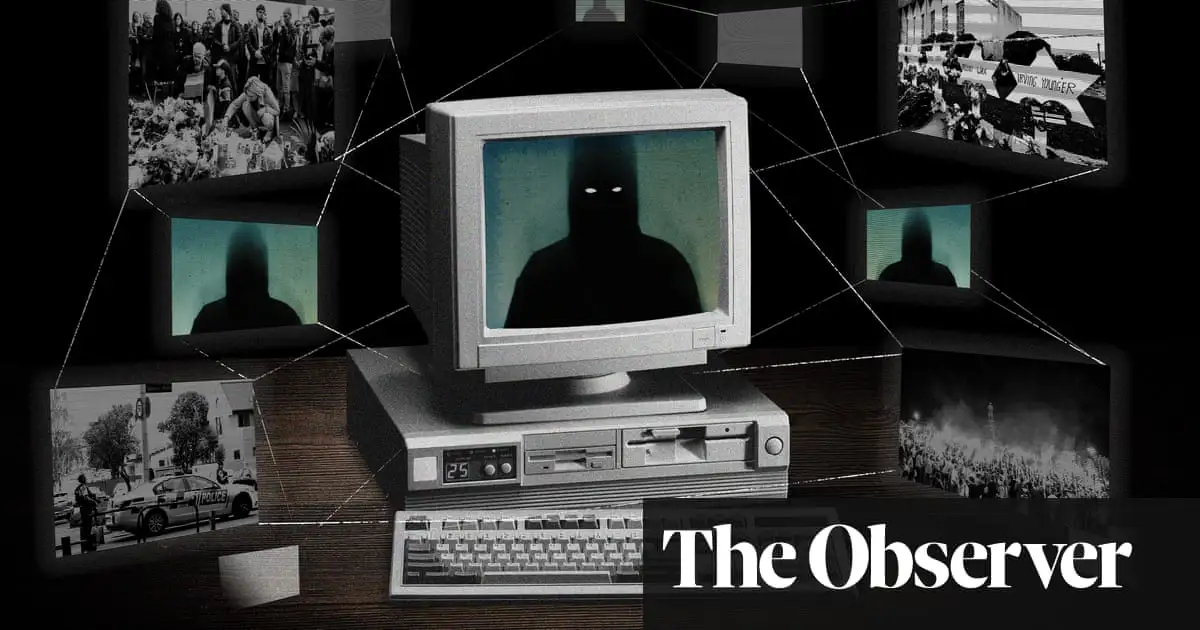In Slovakia, the attack on the Tepláreň, a prominent if rare LGBTQ+ hangout, prompted shock and statements of concern. The president, Zuzana Čaputová, called on politicians to stop spreading hate.
“I’m sorry that [we were] not able to protect your loved ones,” she told a crowd of thousands at a vigil. “You belong here; you are valuable for our society.”
The Tepláreň was “a place of acceptance, of love, of happiness”, said Michaela Dénešová, the deputy head of the Inakosť initiative, which campaigns for LGBTQ+ rights in Slovakia. “They were young people. They did nothing wrong. They were just enjoying the evening with friends in a bar. That’s all. Because of their gender identity, because of their sexual orientation … Should we kill people because of that? Not at all.”
Elsewhere, the attack attracted little attention, perhaps because the death toll was comparatively low for such shootings, or because it appeared to be motivated by local factors with limited wider significance, or perhaps because it seemed to be the act of single deranged individual.
In fact, there was no evidence that Krajčík had a psychological illness or was a lone actor. Instead, it has become clear that he was a link in a chain of mutually inspired young men living thousands of miles apart, all fervent believers in a violent ideology that first gathered momentum in the US and is now spreading in Europe.
Evidence seen by the Guardian suggests Krajčík may have been helped – possibly even piloted – by an older extremist based in the US who has yet to be identified and could even now be working with a new potential attacker.



Removed by mod